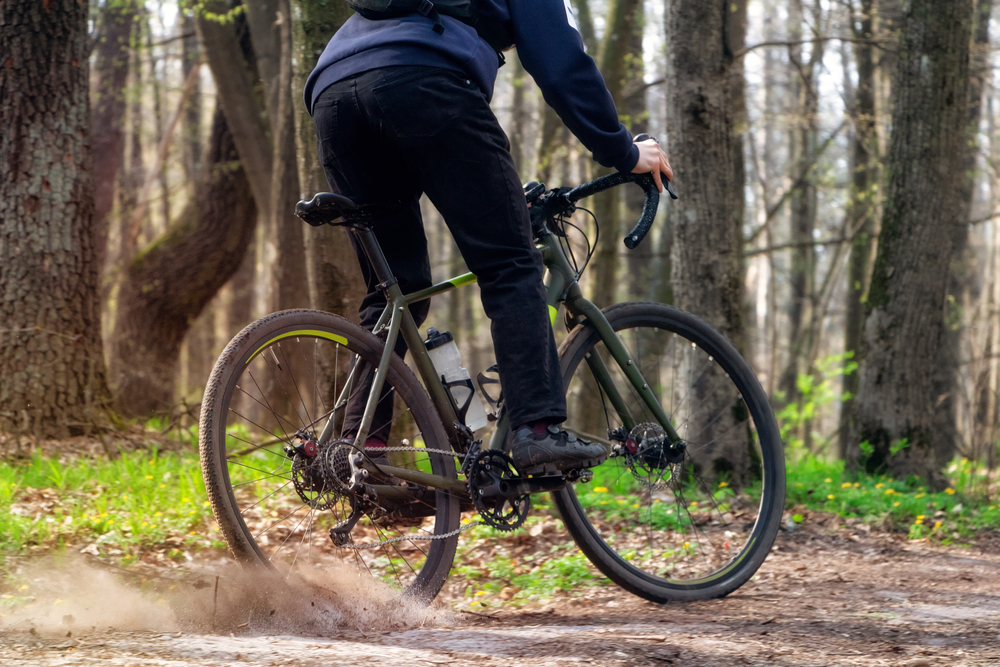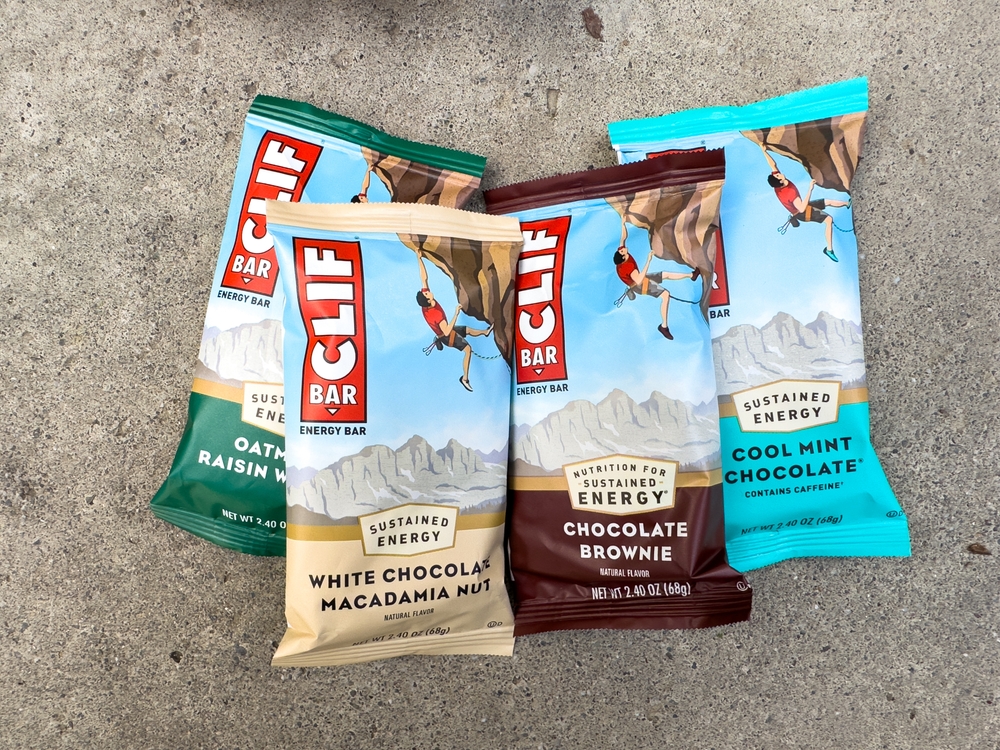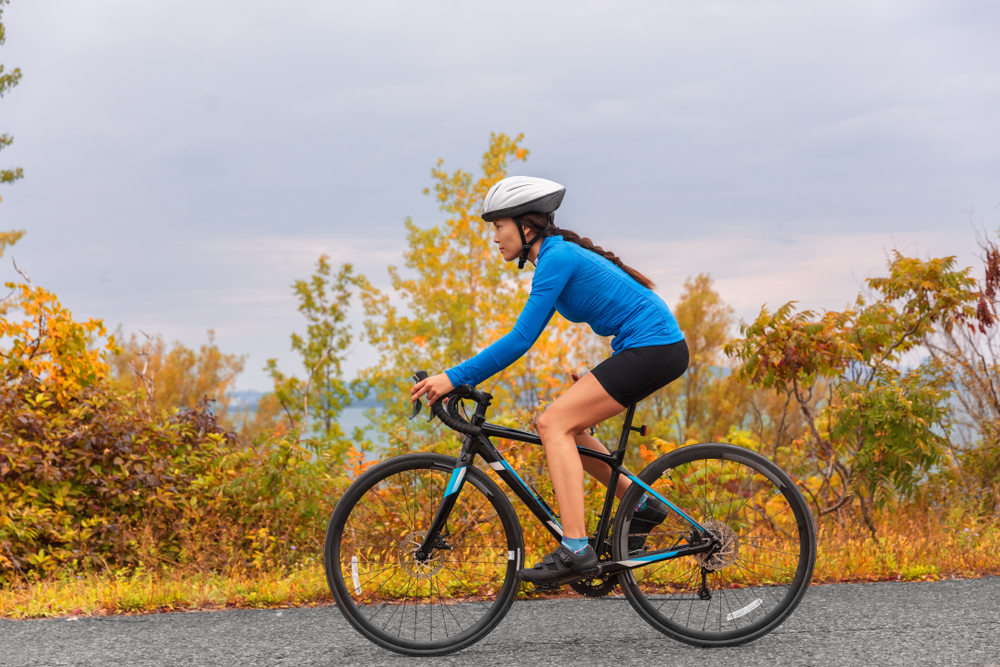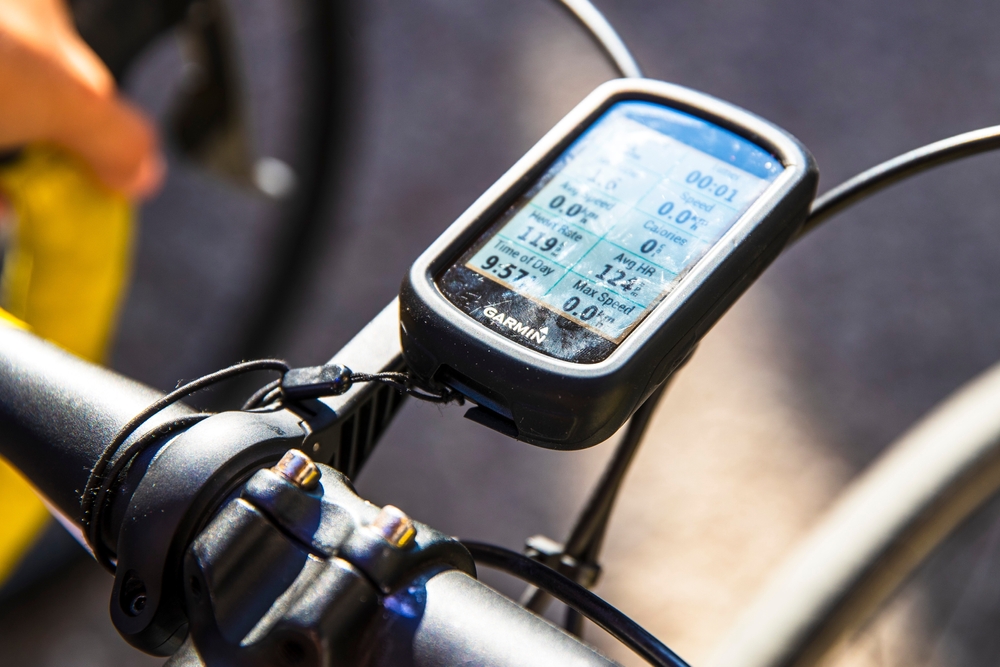Fuel your ride with these top cycling gels! Learn about types, benefits, & usage for peak performance. Choose from standard, caffeine, or hydration gels.
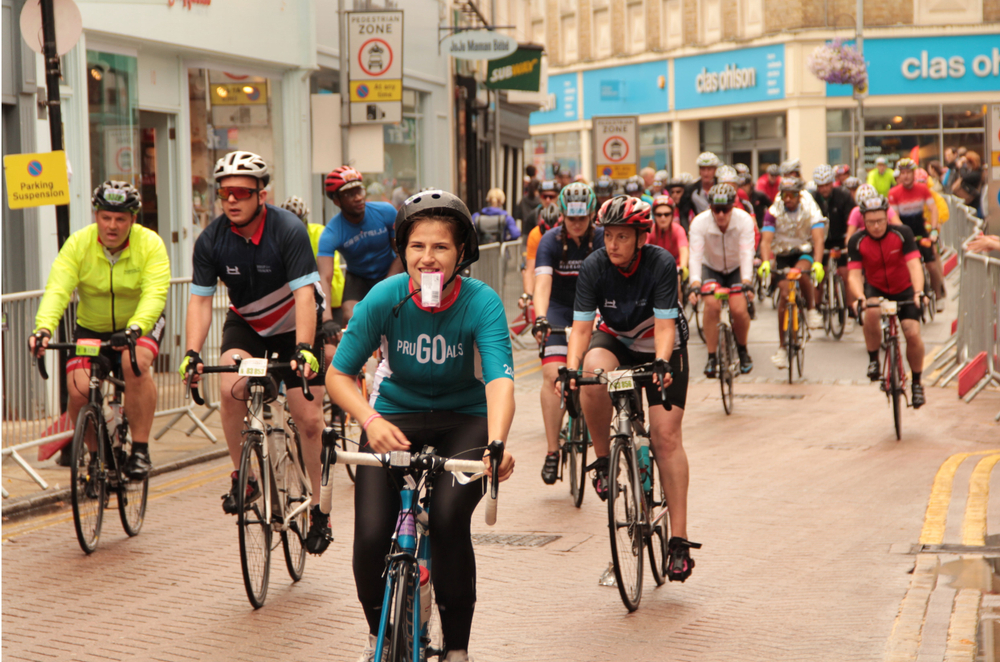
Top Cycling Gels: Fueling Your Ride Efficiently
Cycling gels have become a common sight in the world of competitive and recreational cycling. These small packets deliver a concentrated source of carbohydrates, essential for maintaining energy levels during long rides and high-intensity workouts. Understanding their composition, benefits, and optimal usage can help you make an informed decision about incorporating them into your training routine.
What Are Cycling Gels?
Cycling gels are energy supplements designed for quick consumption. They are formulated to be easy to digest and absorb, providing a rapid source of energy. Typically, they contain a blend of carbohydrates, electrolytes, and sometimes caffeine. The primary carbohydrate sources often include maltodextrin and fructose, which are chosen for their fast absorption rates and ability to replenish glycogen stores.
Benefits of Cycling Gels
The primary benefit of cycling gels is their ability to quickly elevate blood sugar levels. This rapid energy boost can be crucial during endurance events or intense training sessions. Additionally, many gels contain electrolytes like sodium and potassium, which help maintain hydration and prevent cramping. The portability of gels makes them a convenient option for on-the-go nutrition.
How to Use Cycling Gels
Timing
Proper timing is essential when using cycling gels. Consuming a gel about 15 minutes before a workout can help kickstart your energy levels. During a ride, it’s generally recommended to take a gel every 45 to 60 minutes, depending on the intensity and duration of the exercise.
Hydration
Always consume gels with water. This aids in digestion and helps prevent gastrointestinal distress. Avoid taking gels with sports drinks, as this can lead to an excess of sugar and electrolytes.
Practice
Practice using gels during training rides before race day. This helps you understand how your body reacts and ensures you can consume them efficiently while riding.
Types of Cycling Gels
There are various types of cycling gels available, each catering to different needs.
- Standard Gels: These contain a balanced mix of carbohydrates and electrolytes, suitable for most riders.
- Caffeine-Enhanced Gels: These include caffeine for an added mental and physical boost, ideal for tough sections or longer rides.
- Hydration Gels: These contain a higher water content, useful for riders who want a lighter option that’s easier to consume without additional water.
- Extra Electrolytes: Some gels have increased levels of electrolytes, beneficial for hot conditions or heavy sweaters.
Popular Brands
Several brands lead the market in cycling gels, known for their quality and effectiveness.
GU Energy Gels
GU offers a variety of flavors and formulas, including options with caffeine and amino acids. Their gels are known for being easy on the stomach and providing a quick energy boost.
Clif Shot Energy Gels
Clif is popular for its organic ingredients and a thick, less sweet consistency. They offer flavors with and without caffeine and include electrolytes for hydration support.
SIS (Science in Sport) Gels
SIS gels are isotonic, meaning they contain water and do not require additional fluids for digestion. They are highly rated for their light texture and effective energy delivery.
Considerations When Choosing Cycling Gels
Different factors can influence your choice of cycling gels, including personal preferences and specific needs.
Flavor
With a variety of flavors available, it’s sensible to try different options to find what you enjoy. A flavor you like makes it more likely you’ll consume the gel consistently during rides.
Texture
Gels come in different consistencies, from thick and syrupy to more liquid-like forms. Your preference in texture can affect how enjoyable or tolerable the gel is to consume.
Ingredients
Check the ingredient list for any allergens or specific dietary restrictions. Some brands offer vegan, gluten-free, and organic options to cater to various dietary needs.
Caloric Content
Consider the calorie content per gel. Higher intensity rides might require gels with more calories to sustain energy levels, whereas shorter rides may require fewer calories.
Cost
Price can be a consideration, especially if you use gels frequently. Bulk purchasing may offer cost savings over time. Compare prices and consider a brand’s reputation for quality when making a purchase.
Common Misconceptions
There are several misconceptions surrounding the use of cycling gels. Addressing these can enhance your understanding and usage of these energy supplements.
Only for Professionals
While often associated with professional athletes, cycling gels are beneficial for any level of cyclist engaging in endurance activities. They provide easily accessible nutrition that can aid in improving performance and endurance.
All Gels Are the Same
Not all gels are created equal. They vary in carbohydrate content, electrolyte composition, consistency, and additional ingredients like caffeine and amino acids. Choosing the right gel for your needs involves more than just picking any gel off the shelf.
DIY Cycling Gels
For those interested in making their own cycling gels, it’s possible to create a homemade version. This can be cost-effective and allows for customization based on personal taste and nutritional needs.
Ingredients
Typical ingredients include honey or agave (as the carbohydrate base), a pinch of salt (for electrolytes), and optional flavorings like lemon juice or fruit purees. You can also add caffeine powder if desired.
Preparation
Mix the ingredients until smooth and store them in reusable gel flasks or small, resealable food-safe bags. Ensure the consistency is right for easy consumption.
Benefits
Homemade gels allow you to control what you consume. You can avoid artificial additives and tailor the ingredients to your specific dietary requirements.
Storing Cycling Gels
Proper storage of cycling gels ensures they maintain their effectiveness and safety. Most gels have a long shelf life but should be kept in a cool, dry place. Avoid exposing them to extreme temperatures. If you use reusable gel flasks, always clean them thoroughly between uses to prevent the growth of bacteria.
Environmental Impact
Single-use gel packets can contribute to environmental waste. Opting for bulk purchase options or using reusable flasks can reduce waste. Some brands are now offering biodegradable packaging to address environmental concerns.
Final Thoughts
Integrating cycling gels into your training and competition routine can provide essential energy and hydration. Understanding the variety available and how to use them effectively can make a significant difference in your performance and overall cycling experience.


